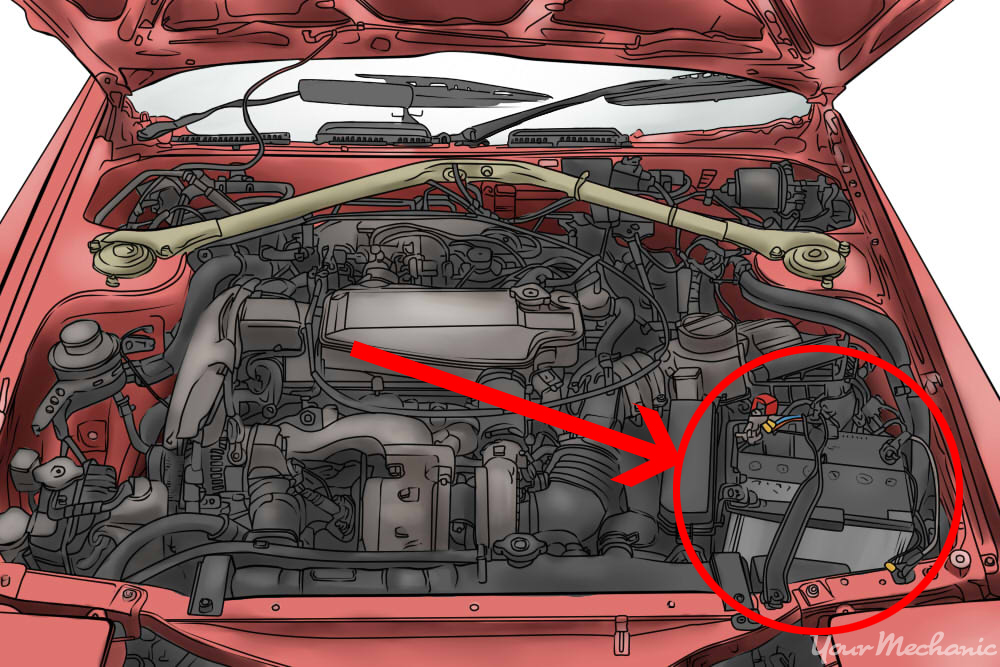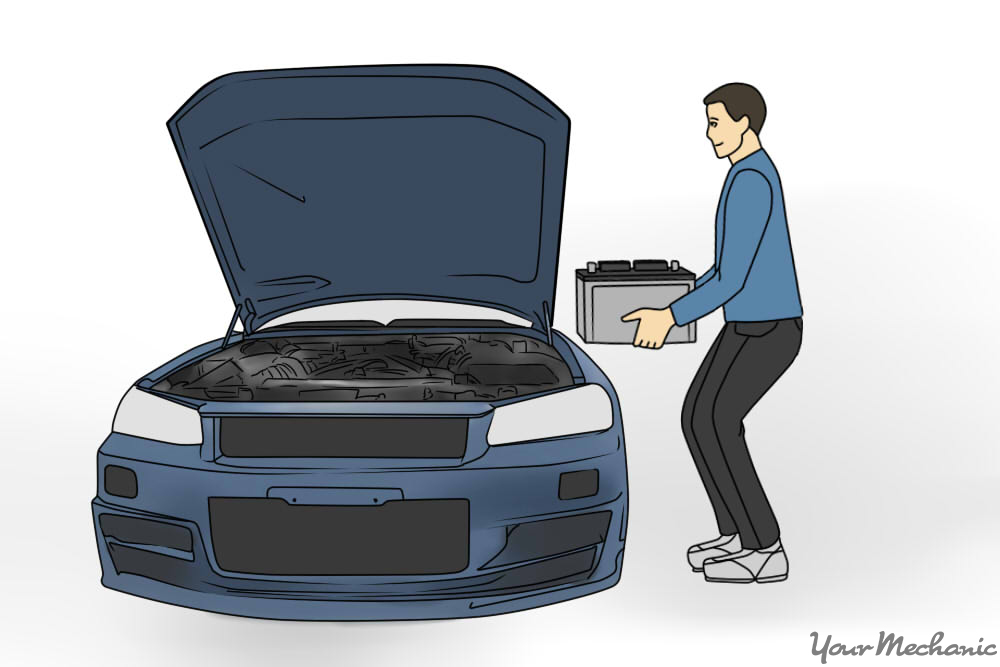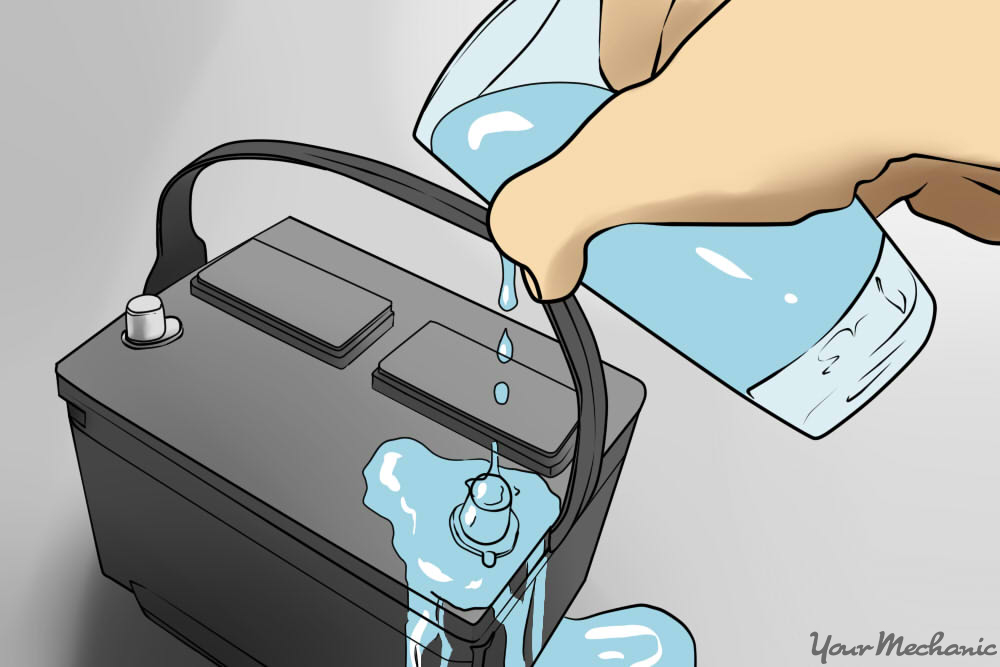Replace a pickup bumper
We put our truck up on a hoist to replace the bumper, which makes things a bit easier. Don't be afraid to do the job with the truck on the garage floor, though it's a good idea to have a floor jack and stands available just in case you can't reach the upper bolts. An air impact wrench speeds things up, but you can do the job by hand with sockets, a ratchet and a breaker bar. You'll also need spray rust penetrant, screwdrivers and eye protection.
We'll walk you through the steps to replace a chrome step bumper on a 2002 Dodge Ram. It's representative of most pickup truck bumpers, but the number of bolts and their location may be different on your truck.
Step 1: First, assess the damage
Before you order any parts, inspect the condition of the bumper step pad, license plate lights, trailer light socket, and any other accessories that might have been damaged by the impact. Next, get your creeper and take a look behind the bumper. Check the condition of the bumper brackets to see if they're bent or rusted. If so, buy new ones—trust us, you don’t want to try to bend them back into shape.
Step 2: Buy new bumpers
Replacement bumpers are available from retail auto parts stores, truck and trailer hitch upgrade shops, local bumper reconditioning shops, and online retailers (rockauto.com and autoanything.com are two examples). Auto recycling yards are also an option, but we found we could buy a brand new factory-quality bumper with new brackets and bolts for just a few bucks more than a used part from the local yards.
Low-price bumpers are usually economy-grade units. They're barebones products (no brackets or bolts) with minimal chrome plating and a short rust-through warranty (if any). An economy bumper for our Ram truck costs about $170 online, including shipping. Those units are perfectly fine for an old truck that you plan to keep only a short time or just want to get into good enough shape to sell or trade.
However, if you need brackets or want a longer-lasting bumper that matches factory quality, buy a premium version that includes those extra parts. That winds up being cheaper than buying an economy bumper and paying à la carte prices for the brackets. A premium unit for our truck cost $445 including shipping and came with new brackets and bolts and two complete license plate light assemblies.
Step 3: Grease the skids with rust penetrant
Removing the rusted fasteners is the hardest part of a bumper replacement job. To make removal easier, pretreat all the fasteners with spray rust penetrant. Shoot a liberal dose on each nut and bolt a few days before you plan to do the swap, then drive the vehicle to create the vibrations that will make the penetrant work faster. Reapply when you get home so the penetrant can soak overnight. Repeat.
Step 4: Remove the accessories first
Reach behind the bumper and hold each nut as you unscrew the trailer light screws. Place the small parts in a magnetic tray or zipper-top bag so you don't lose them.
If your bumper has a built-in trailer light connector, remove the fasteners that hold it to the bumper. Next, disconnect and remove the trailer light connector and harness . Then remove the license plate bulb sockets.
Step 5: Then remove the bumper bolts and brackets
Remove the license plate to reveal the bolts that hold the bumper to the trailer hitch. Use a socket and ratchet to remove them.
Our bumper was attached to the trailer hitch and bed, bumper brackets and frame brackets. Start by removing the license plate and the bolts behind it. Next, reach behind the bumper and remove the bolts that connect the bumper to the truck bed. The frame brackets can be difficult to remove and can make bumper removal more cumbersome. So it's best to remove the bumper first to give yourself more room to access the frame brackets (if necessary). To do that, remove the bolts that connect the left and right bumper brackets to the frame brackets (Photo 4). Then lift off the entire bumper .
Step 6: Install the new bumper
Snap in the license plate lights
Slide the license plate light into the new bumper. Then align the legs of the U-shaped spring retainer with the slots on the light. Push the retainer onto the light until it snaps into place.
Place the new bumper on cardboard to prevent scratches, then install the new license plate light assemblies . Then install the new bumper . Reinstall the trailer light connector and harness.












